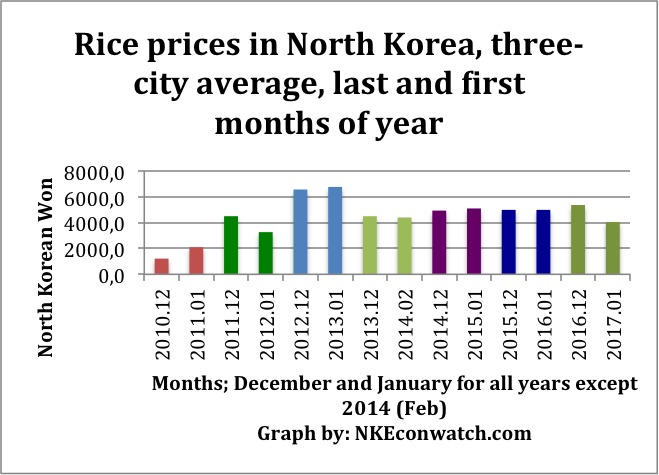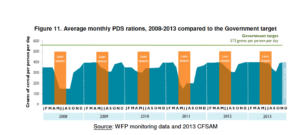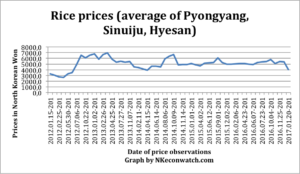Benjamin Katzeff Silberstein
Daily NK reports that coal smuggling continues despite the Chinese import suspension. Presumably, the suspension would also imply tighter controls on smuggling operations, some of which likely goes on with a degree of knowledge on the side of the authorities:
Although China’s Ministry of Commerce previously announced the suspension of coal imports from North Korea until the end of 2017, coal trading has continued in Rizao Port, Shandong Province, where regulatory control is known to be relatively loose. However, as of February 23, the customs clearance process was reportedly also strengthened in this region, leading to speculation that the coal trade will likely be curtailed in Rizao as well.“Even on February 20, the day after the announcement to suspend North Korean coal imports, a vessel loaded with North Korean coal was permitted to unload after passing quality inspection at Rizao Port. Although official coal imports from North Korea have all been stopped, coal shipments have been continually imported through Rizao Port while circumventing customs clearance,” a source close to North Korean affairs in China told Daily NK on February 23.“The North Korean trading companies have already signed contracts for coal trading in the first half of 2017, so they have no choice but to continue shipping in order to receive foreign currency. But the regulations have been strengthened as of today, so all coal is supposedly banned from entering China,” the source added.To date, North Korean coal has been primarily exported by ships traveling through Nampo Port to Rizao Port, or from Songrim Port in North Hwanghae Province to Dongjiang Port in Dandong or Dalian. The coal is then sold to regions in southern China after passing quality inspection.“The Chinese companies are obliged to import North Korean coal to secure their sales volumes. The coal trade between China and North Korea is mostly between individual merchants, so they are continuing to engage in smuggling, ignoring diplomatic pressure and sanctions,” the source said.“When sanctions were imposed in earnest in April last year, the North Korean trading companies overcame the restrictions by changing their trading ports.”However, in Dongjiang and Dalian, which are close to the border areas and where international attention is concentrated, the regulations imposed by Chinese customs offices are known to be strict.“Rizao Port is relatively looser with their regulations than Dongjiang Port and Dalian Port because it mostly handles freight. The traders have resorted to Rizao Port in the face of sanctions because they can trade coal without going through the customs clearance process,” a separate source in China with ties to the coal industry reported.“Even if the UN Security Council and the Chinese authorities tighten regulations on the coal trade, it cannot last long. Coal trading agreements are made between trading companies solely based on profit, so they are bound to create an alternate route whenever sanctions are introduced.”“The traders can falsify records for coal and document it as other goods, or can borrow vessels belonging to other countries. The UN sanctions are currently ineffective for the land border between China and North Korea, which stretches for over 1300 km, so it will be impossible to block all coal smuggling via sea, which covers a far larger area,” he concluded.
Full article:
North Korean coal smuggling continues despite China’s import ban
Seol Song Ah
Daily NK
2017-02-27



